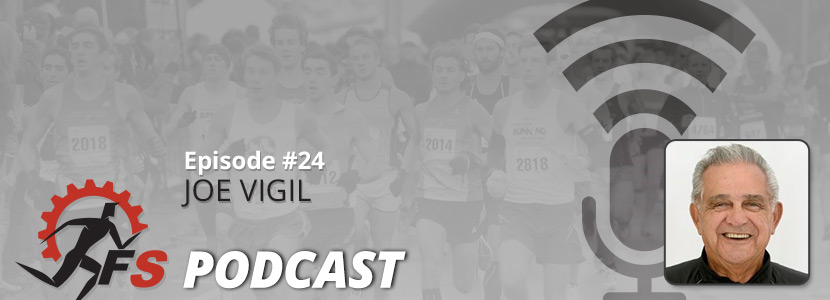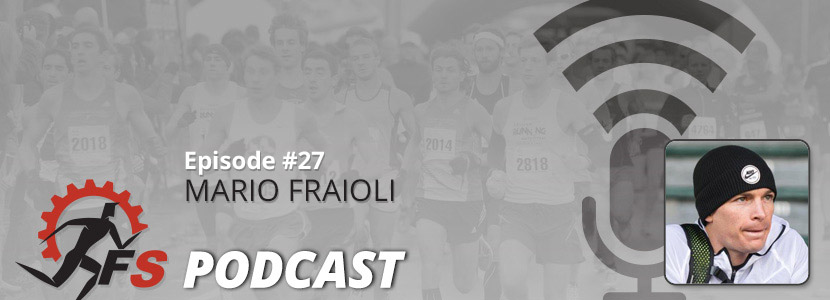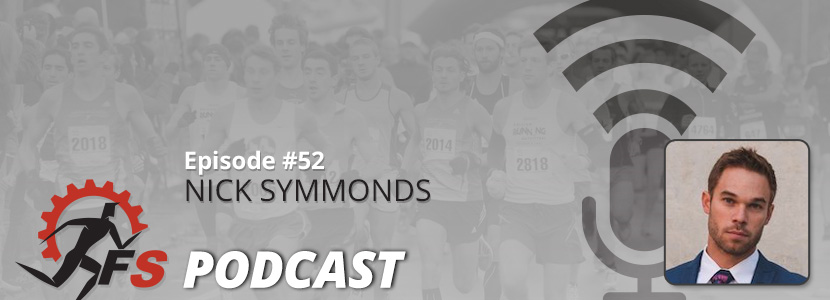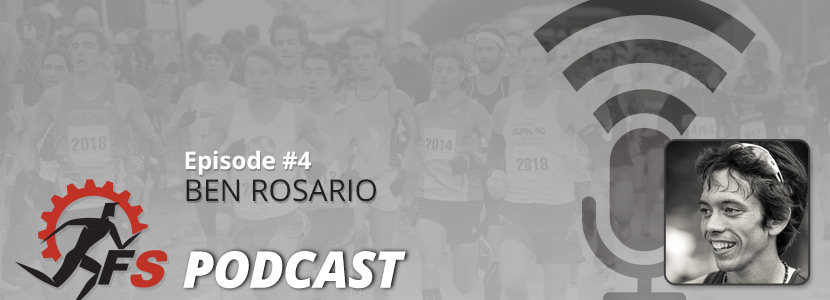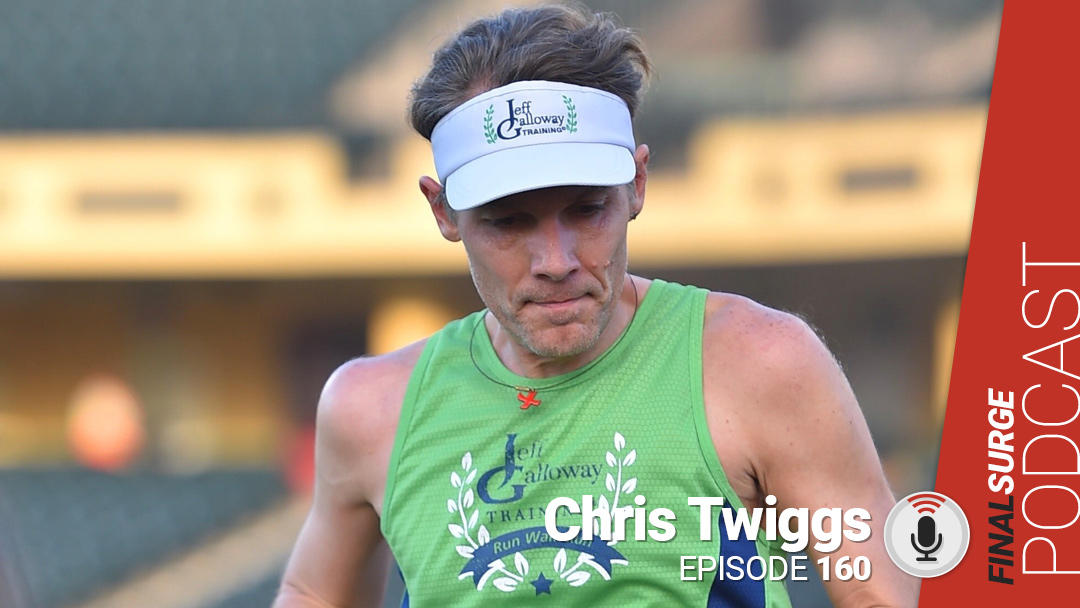We have a special treat for you today. Hall of Fame coach Joe Vigil joins us to talk training. If you enjoy the show we would appreciate you heading over to iTunes and taking a minute to rate and review our podcast. Those ratings are important when people are searching for podcast. Coach Vigil won 26 national titles in 33 years at Adams State and has coached several Olympians including Deena Kastor and Brenda Martinez. We discuss everything from VO2 Max and testing, what he learned from watching runners at Leadville, to periodization.
Listen to the podcast on iTunes or listen to it on Stitcher if you have an Android device.
Stream it right here:
Tell us how you got started in the running community and into coaching.
When you took over Adams State you won 26 national titles in 33 years. Adams State was not exactly a powerhouse when you took over so you had to build runners from the ground up. What do you think you were doing differently that other programs were not doing?
Your thirst for learning – what made you different?
In the book Born to Run you make an appearance. You are mentioned as a coach who thinks differently because you were showing up at 100-mile races to learn from ultra runners when other coaches were not. So what exactly did you learn from watching the athletes at the Leadville 100?
You mentioned running happy, is that something you can teach or is it something you either have or not?
One thing you talk about is testing. Having a PhD. in exercise physiology, I know that testing is big for you. Many of our listeners are age-group runners that you will see on the weekend in a local 5k or 10k. We also have a lot of high school coaches. So for them, testing of VO2 or max lactate may not be something they can easily do. What recommendations would you have for them as far as testing and what they should get tested?
VO2 Max… Once you do the field test and find out what it is, where should they go from there to improve?
I have read that you said that our runners don’t run hard enough and long enough. Other coaches I have talked to have said the problem with American runners is we run too hard. So what is your current position on this?
In 2001 yourself and Bob Larsen brought Deena Kastor and Meb Keflezighi to Mammoth Lakes to start the Mammoth Track Club, which was one of the most influential post-collegiate clubs in the country. How did that come about with Larsen?
These clubs are a lot more popular now with many new ones popping up and having success. What do you think the future of these clubs are and how have they changed over the last 15 years?
You have had Olympians such as Deena and Meb, and this year you had more mid-distance runners like Brenda and Boris in the Olympics. Obviously, the training for the marathon and 800/1500 are completely different. What is the greatest coaching challenge in working with athletes in such different disciplines?
What about strength work? What type of strength work did you do with your kids at Adam’s State and how does it differ from what you do with a marathon runner?
Question from a listener: In your book, you have graphs in the marathon training section for weekly mileage. Your mileage chart looks very much like a roller coaster fluctuating from 60 to 80 to 70 to 100 to 80 to 120… Many training plans are much more steady in their mileage, do you still use this method or has it changed since you last published the book?
You have been around the running scene for several decades now. When it comes to training and performance, what is something that you think has changed your coaching style the most in the last decade?
Work harder – what does a week look like for a 5k runner?
Your book Road to the Top is hard to find, but I understand they can still be purchased through you? Can you tell our listeners how to get a copy of one?
The Running Summit Dec 17-18th in Dallas. Can you tell us about the event and What topics will you be discussing?
Tapering is one of the questions I get asked most about. When you were coaching at Adams State, did you find any differences in tapering between your male and female teams?
What advice would you have on tapering for our 5k listeners out there?
At the end of the last season, I asked the kids on my team what their favorite workout of the season is. And the majority of them said their favorite was the acceleration workout from 100 to 200. Can you walk the listeners through how it works, when it should be used and why?
When did you add in that workout to the season?
Joe Vigil Resources:
Method of Belke Field Test for VO2
Tapering for Endurance Athletes by Joe Vigil (Video)
Road to the Top by Joe Vigil mailing address:
292 N Ceder Crest Dr
Green Valley, AZ 85614
Team Final Surge


